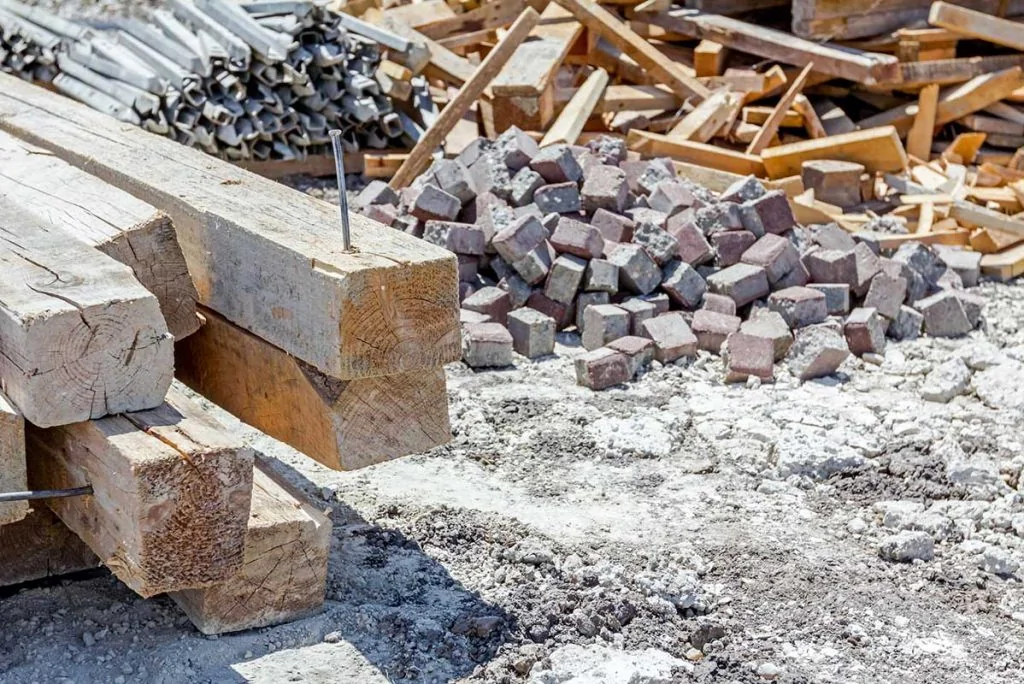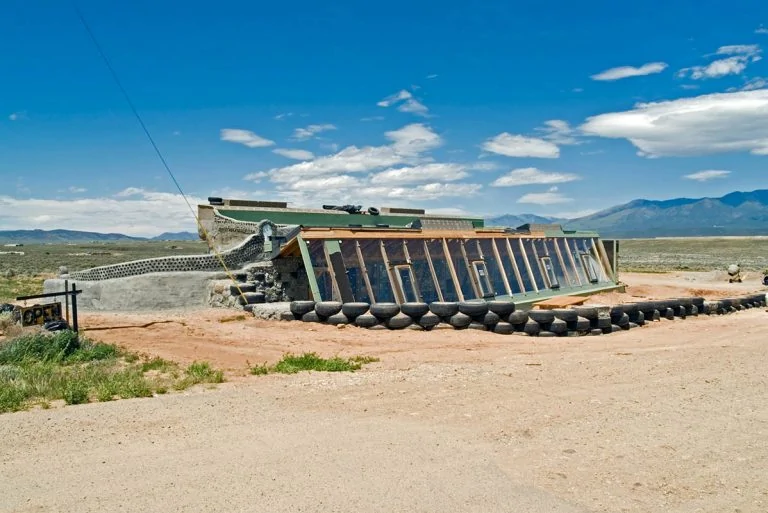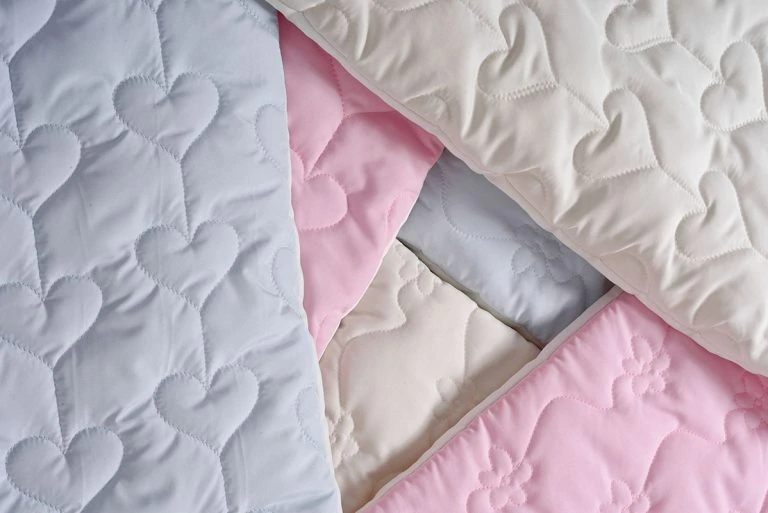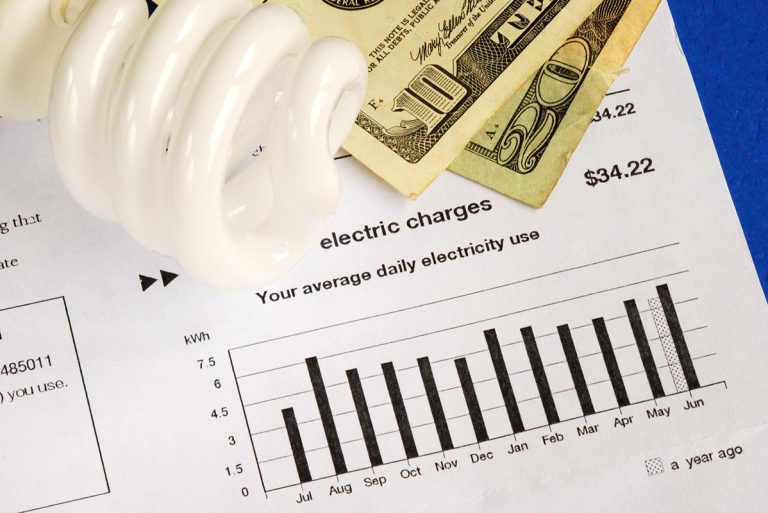Circular economies have been presented as a solution to help improve human-environmental interaction, by combating the pressing issues of overconsumption of natural resources and environmental damage. But this new approach to the production, consumption, and disposal of items is drastically different from the traditional consumer model.
In this article, we explain what a circular economy is, how it works and the benefits it may offer, along with examples of circular economies that have already been implemented.
What is a circular economy?
A circular economy or CE describes a pattern of production and consumption where the resources used are not wasted or eliminated but instead are utilized in ways that perpetuate their use and promote sustainability, incorporating elements of the 3rs of waste management process.
The characteristic of circularity in an economic or business model contrasts with the “take, make, waste” activities of a linear economy. Instead, features of a circular economy include:
Reusing
Rather than disposing of a product, a circular economy finds ways to reuse it again. This may mean that the product is re-sold second-hand, or new and innovative uses for the product may be found.
Refurbishing
Businesses and individuals can restore items that have reached the end of their lifespan with new materials and components to prolong their use. This reduces the demand for brand-new replacement products.
Repairing
In a circular economy, broken items do not head straight to the landfill. Manufacturers and retailers actively promote product repair rather than replacement to reduce consumption.
Sharing
A single item or service can be shared by multiple individuals or households to drive down demand and consumption. The shared item is carefully maintained so that it is always available for use when required.
Leasing (or hiring)
People can lease or hire items for the duration they require them, rather than many people owning their own individual items. For instance, leasing solar panels instead of buying them makes solar energy available to more people.
Recycling
Spent products and items can be recycled into raw materials that are used to produce new items. This prevents the excessive extraction of natural resources and keeps existing materials in use as long as possible. Read more about the pros and cons of recycling.
The purpose of the circular economy
Circular economies have been extensively researched and developed as a strategy for improving environmental sustainability.
Businesses and governments look to CE as a solution to contemporary global challenges like:
- Environmental pollution
- Biodiversity loss
- Resource scarcity
- Marginalization
- Waste management
Because circular economies aim to eliminate waste, reduce pollution and circulate products and materials more widely, experts hope that the widespread adoption of the CE model will lead to a significant reduction in demand for natural resources and the polluting processes of manufacturing, leading to the regeneration of nature.
Governments and investors also expect the development of circular economies to create new business models, trades, and livelihoods. The skills associated with activities like product repair and refurbishment may provide employment opportunities across the world. The productivity generated from CE could contribute to long-term economic growth.
How does a circular economy work?
Circular economies are based on three key principles:
- Designing waste and pollution out of the economy.
- Maximizing the time products and materials are kept in use.
- Optimizing the regeneration of natural systems.
You can visualize a CE as a linear process spanning the lifetime of the item with multiple feedback loops indicating opportunities for reuse, repair, refurbishment, or sharing. At the end of the product’s usable life, it can be recycled to recapture the raw materials that were used to create it.

Source: Wikimedia / Catherine Weetman
Waste materials that cannot be recovered in any other way can be burnt for energy or composted to return nutrients and biomass back to the soil. Used products no longer take up landfill space. When consumers are finished any usable materials are recovered.
When a consumer finishes using a durable product, it no longer needs to sit in a landfill. The technical cycles of the circular economy make products part of the process so they can be recovered and used to create new goods repeatedly.
What are the benefits of the circular economy concept?
Governments are actively exploring the adoption and integration of circular economies because of their economic and environmental benefits. Advantages of the circular economy approach include:
1. Reduced waste
One of the key benefits of CE is that it can cut down on the amount of waste that goes to landfill each year. CE reuses and repurposes as much waste as possible so that it can’t have negative impacts on human health and the environment.

2. Creation of jobs
Running circular economies requires new skills and industrial processes. The International Labor Organization (ILO) suggests that CEs could create up to 6 million new jobs. As well as addressing the environmental impact of textile, metal and plastic waste, processing of these materials as part of a CE could raise living standards in low and middle-income countries.
3. Reduced greenhouse gas emissions
As CEs consume fewer resources, there are less adverse emissions associated with the extraction, processing, and manufacturing of natural resources. By lessening landfill use, landfill gas emissions (LGE) are also reduced.
4. Business opportunities
CE can help businesses become more resilient. By using recycled or repurposed resources they do not have the expense of acquiring virgin materials. Circular economies may also mean that they can use resources more locally and save on transport costs. By lengthening the usable life of products companies can prolong customer relationships and build brand loyalty.

5. Economic growth
According to analysts at Accenture, the implementation of circular economies could generate over $4.5 trillion in economic output across innovation, new technologies, and employment. In particular, product-as-a-service (PaaS) technology could support sharing services that enable users to share products rather than own them individually.
6. Reduced consumption
Industry leaders expect a switch from a linear model to circular economies to reduce the rate of resource consumption. There is also the benefit of reclaiming materials from existing products through repurposing and recycling goods on a greater scale. This will help finite raw materials and energy resources be used more effectively.
Circular economy examples
CE programs and strategies have been implemented in almost every industry. Applications of the circular economy include:
- Clothing rental: there have been several startups that have offered clothing rental to the public. Usually, the clothes and accessories offered are designer items. Some companies specialize in maternity wear or babywear.
- Take-back programs: Clothing retailers offer gift vouchers or discounts on new clothes when old usable items are returned. These items can then be processed for textile recovery or sold second-hand.
- Car-sharing services: Car-sharing initiatives in urban areas can help people save on the costs of car ownership. Car sharing also reduces the number of cars in busy urban areas, reducing emissions.
- Concrete recycling: The construction industry is actively reclaiming and reprocessing concrete and other building materials. Stakeholders expect the adoption of CE to help reduce the significant amount of waste that the construction industry generates.
- Rare earth elements recovery: Heavily polluting methods are used to extract the rare earth elements used in the semiconductors of electronic products like computers and phones and batteries. Recovering these precious metals from electronics at the end of their usable life reduces the demand for virgin materials and the ecological damage that comes with them.
Wrapping up
The circular economy offers the promise of efficiently using the resources we already have. Transitioning more of our productivity to circular economy models offers new commercial opportunities and could drive economic growth.
Currently, CE is being implemented across disparate industries and initiatives but governments and businesses are seeking to make the adoption of the CE approach more widespread.














